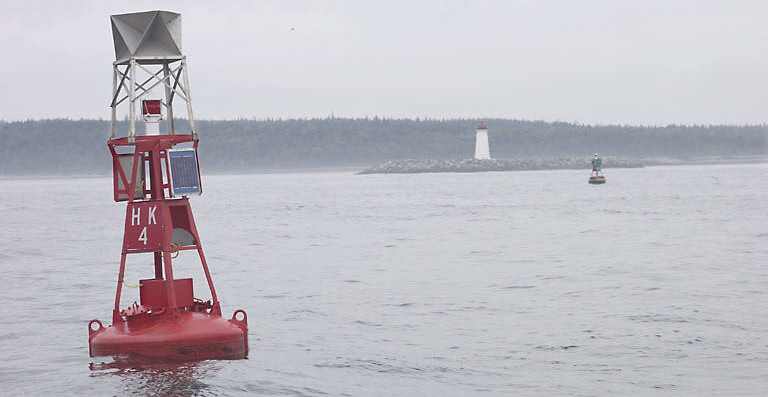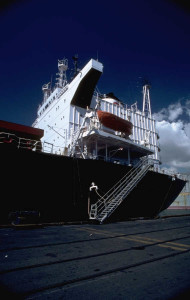Part one: Getting acquainted
A. Forward – purpose of this book
B. The preliminaries
1. The key players – charterers, brokers, owners, operators, Customs, Coast Guard, agents, shippers, receivers, forwarders, terminals, & Customhouse brokers, vendors.
2. The rule to watch – charter parties, government regulations, local practices.
3. The types of cargo and vessels – break bulk, drybulk, tankers, containers, reefer, ro/ro.
4. Logistics – What you’ll be managing
5. Documentation – The types of documentation – government, international trade, surveys, & reports you’ll be handling.
C. Types of agency service
1. Liner services – containers & break bulk shipments
a. Brief history
b. Distinguishing features, agency service requirements
2. Tramp services – container, break bulk, full and part cargo bulk
a. (Very) brief history
b. Distinguishing features, types of agency requirements (Full agency, husbandry, charterer or owner protective, third party representation)
D. Role of agency services
1. Owners agency (Husbandry) – responsibilities to the owners
2. Charterers agency – responsibilities to the charterers
3. Full agency – responsibilities to both the charterers and owners
4. Third party protective agents – (usually) responsibilities to shipper, receiver, or their representatives.
Part two: Getting things done
A. Owner agency logistics – philosophy and importance
1. Understanding typical vessel functions & equipment
2. Maintaining a very complete database of vendors.
3. Keeping accessible records of past vendor performances & billings
4. Understanding local limitations
5. Communicating
B. Charterer agency logistics – philosophy and importance
1. Understanding typical cargo operations, loading & discharging equipment
a. Break bulk handling equipment
b. Drybulk handling equipment
i. Types of cranes
ii. Loaders and unloaders
iii. Ancillary equipment – bulldozers, bobcats, etc.
c. Tanker discharge equipment
i. Chicsands
ii. Hoses
iii. Tanks
d. RO/RO handling equipment
2. Understanding stevedoring – stowage, labor, and other mysteries of life.
a. Stowage – how it may affect the cargo operation
i. Ship factors
ii. Labor factors
b. Labor – how it may affect the cargo operation
i. Skill
ii. Gangs and gang size
iii. Labor rules
c. Weather – how it may affect the cargo operation
i. Safety of labor
ii. Cargo safety
iii. Safety of terminal and/or vessel
3. Understanding the charter party requirements
a. The time restrictions on each port call
i. Laydays & laycan days
ii. Demurrage & dispatch
iii. Statements of facts – Importance to charterer
iv. Off-hire & on-hire
4. Local knowledge – terminals, tides, and restrictions
a. Maintaining a very complete database on terminals
i. Each berth restrictions on draft, LOA, GRT, and beam
ii. Tide restrictions at or on approaches to terminal
iii. Elevation of dock
iv. Clearance (elevation) and reach of cargo gear
v. Key phone contacts – manager, dock office, & gate
vi. Any typical scheduling problems
vii. Any typical cargo handling related problems
b. Maintaining a complete database on port restrictions
i. Pilotage tidal restrictions
ii. Bridge elevations and channel dimensions
iii. Vessel transit restrictions such as no pass zones, daylight restrictions, etc.
iv. Any local regulatory restrictions or requirements (Customs or Coast Guard)
v. Anchorage locations & restrictions
c. Availability of layberths or anchorages for emergency repairs or temporary lay-ups.
5. Communication logistics
a. Coordinating each movement of the vessel within the port
i. Pilots, tugs, and line handlers
ii. Officials, surveyors, port engineers, and port superintendents
b. Coordinating with the key cargo handling personnel
i. Terminal contacts – harbormasters, terminal managers, security personnel
ii. Stevedores, shippers and/or receivers
c. Keeping principals properly informed
i. Charterers, owners, shippers, receivers, operators
ii. Terminals, stevedores, Customhouse brokers & Freight forwarders


